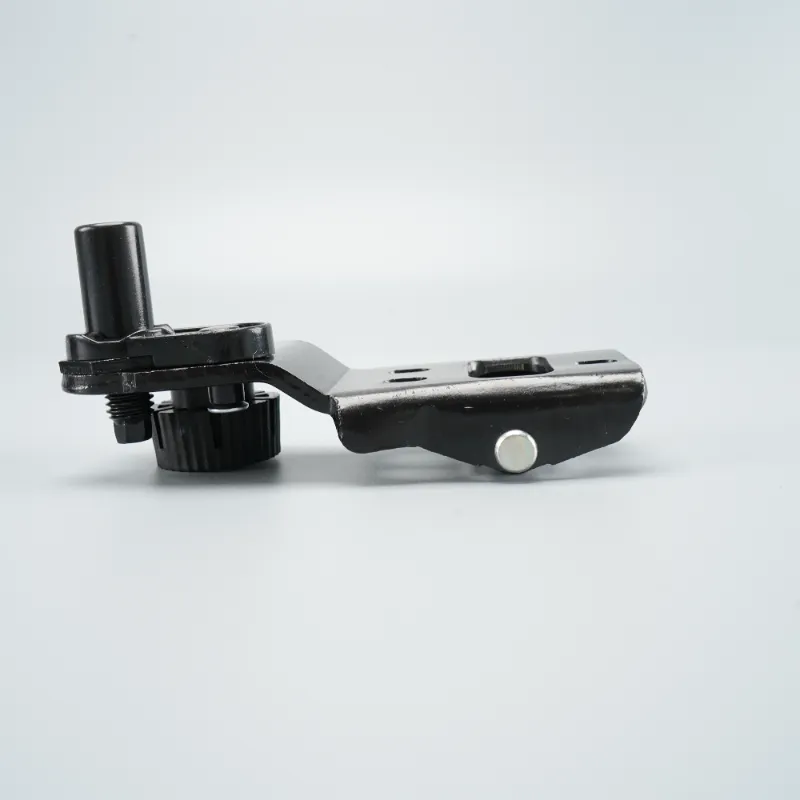Understanding Overmolding Plastic Parts: A Key Technique in Metal Processing Machinery
Aug 18,2025
Overmolding is a specialized manufacturing process where a layer of plastic is molded over an existing part, typically made of metal. This technique allows for the integration of multiple materials, resulting in a component that leverages the strengths of both metal and plastic. For professionals in the metal processing machinery sector, understanding the nuances of overmolding plastic parts is essential for designing products that are not only functional but also cost-effective and durable.
One significant advantage of overmolding is the enhancement of grip and tactile feel. For components that require user interaction, such as handles or control panels, overmolded plastic can provide a more comfortable and secure grip compared to bare metal. This is particularly important in machinery where user safety and ease of use are paramount. Furthermore, the incorporation of plastic can also reduce the overall weight of the component, making machinery easier to handle and operate.
Another key benefit of overmolding is the potential for improved sealing and protection against environmental factors. The plastic layer can act as a barrier against moisture, dirt, and other contaminants that could compromise the integrity of the metal part. This feature is particularly crucial in applications where machinery is exposed to harsh conditions, as it extends the lifespan of the components and reduces maintenance needs.

From a design perspective, overmolding offers unparalleled flexibility. Engineers and designers can create intricate shapes and bespoke features that are challenging to achieve with metal alone. This capability allows for innovative designs that can optimize the functionality and aesthetics of the machinery. Additionally, using overmolded parts can streamline the manufacturing process by reducing the number of assembly steps, leading to increased efficiency in production.
In terms of sustainability, overmolding can also be advantageous. By efficiently combining materials, manufacturers can minimize waste and optimize resource use. Companies that prioritize sustainability can benefit from adopting overmolding techniques as part of their manufacturing strategy, aligning with growing industry trends toward environmentally friendly practices.
In conclusion, overmolding plastic parts is a pivotal technique in the manufacturing of metal processing machinery. Its benefits, including enhanced user experience, improved durability, design flexibility, and sustainability, make it a vital consideration for industry professionals. By staying informed about the latest advancements in overmolding technology, manufacturers can ensure they remain competitive and responsive to market demands.
PREVIOUS:

